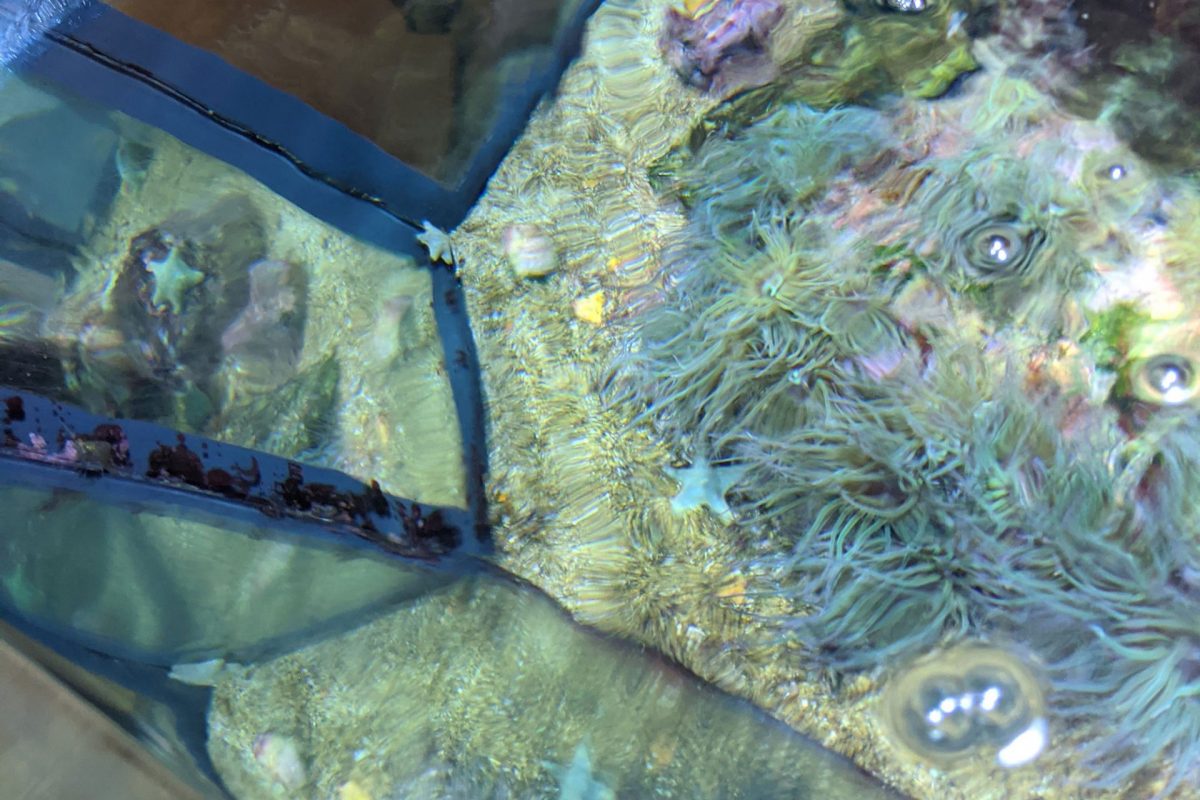

People first noticed coral bleaching events in the 1980s.

Coral are still alive when they bleach, but they’re at risk-essentially immunocompromised-and many eventually starve and die, turning a dark brown. When corals experience stress from hot temperatures or pollution, they end their symbiotic relationship with this algae, typically expelling them and turning white, though one recent study indicates some coral turn a bright neon color when stressed. The soft polyps inside the hard parts of corals are naturally translucent and get their famously vibrant color from algae living inside them. Scientists often compare coral reefs to underwater rainforests, yet unlike the leafy plant base of a forest, corals are animals. Without a mix of long-term cuts in emissions and short-term innovation, there’s a not-so-far-off future where coral reefs as we know them simply cease to exist, says Anne Cohen, a coral expert at the Woods Hole Oceanographic Institution in Massachusetts. Genetics is also becoming a larger area of coral research, giving scientists hope they might one day restore reefs with more heat tolerant coral.īut now, in the lead-up to World Oceans Day on June 8, scientists caution that these and other strategies may only buy reefs time until world leaders implement aggressive climate change action. Schemes to save those reefs are as creative as they are varied most recently, scientists released data showing that marine protected areas can help save reefs if they are placed in just the right spots. The tiny animals that give rise to reefs are even offering hope for new drugs to treat cancer and other diseases.ĭespite their importance, warming waters, pollution, ocean acidification, overfishing, and physical destruction are killing coral reefs around the world. An estimated 500 million people earn their livelihoods from the fishing stocks and tourism opportunities reefs provide. They buffer shorelines from the effects of hurricanes. The world’s coral reefs do more for the planet than provide underwater beauty.


 0 kommentar(er)
0 kommentar(er)
